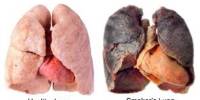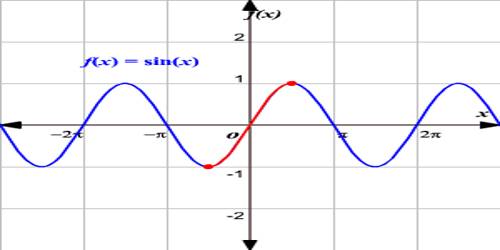There is some evidence that xanthan gum may help to lower blood glucose levels in people with diabetes. One small study found that taking 7 grams of xanthan gum daily for four weeks significantly reduced fasting blood glucose levels in people with type 2 diabetes.
Worldwide, type 2 diabetes mellitus is a widespread lifestyle illness. It frequently results in consequences like heart diseases and an elevated chance of death, although preventative actions like a nutritious diet can lower these risks. Now, a study in Japan has shown that xanthan gum-based fluid thickener can lower blood glucose levels after eating.
Numerous studies have demonstrated the connection between post-meal blood glucose levels and metabolic diseases such type 2 diabetes and heart disease. Certain items, like the condiment vinegar, are said to help lower these levels when consumed with a meal, though.
Another food product that produces a similar effect are dietary fibers. Additionally, these fibers are known to boost fat metabolism, increase insulin sensitivity, and have favorable effects on the gut microbiome.
One such soluble fiber, xanthan gum, is used in a variety of meals, including fluid thickeners, to stop people who have trouble swallowing from aspirating (choking). The physiologic effects of fluid thickener on postprandial blood glucose levels, gastrointestinal gene expression, and gut flora are yet not completely understood.
The aim of this study was to investigate the potential extra effects of fluid thickeners, notably on postprandial blood glucose levels associated with gastrointestinal tract gene expression and gut flora.
The rats were split into two groups: those who received saline for 5 weeks or fluids that had been thickened with a xanthan gum-based fluid thickener. The trial started 4 weeks ago, and 4 weeks later an oral glucose tolerance test was conducted. Rats had their blood glucose levels checked before and after receiving glucose at predetermined intervals.
The mechanism by which this happened is very interesting. Giving thickened liquid decreased blood glucose levels associated with Glp1 and Glp1r expression in the ileum.
Haruka Tohara
The RNA from different parts of the gastrointestinal system tissues were collected for qPCR method. Thereafter, the gene expression in the ileum and gut microbiome were comprehensively analyzed using a next-generation sequencer, which enables a comprehensive analysis of the amount of gene expression and DNA derived from microorganisms by decoding large quantities of DNA sequences at high speed.
Results showed that blood glucose levels at 60 and 90 minutes after being given glucose were significantly lower in rats given thickened liquid.
“The mechanism by which this happened is very interesting. Giving thickened liquid decreased blood glucose levels associated with Glp1 and Glp1r expression in the ileum,” says senior author Haruka Tohara.
Furthermore, comprehensive analysis revealed that cholesterol homeostasis, fatty acid metabolism, and glucose metabolism were enriched in the ileum.
Gut microbial composition was also altered after drinking the said thickened liquid. There was an increase in the numbers of two ‘good’ intestinal bacteria, Erysipelotrichales and Christensenellaceae, which is associated with Glp1 and Glp1r expression in the ileum. These bacteria create short-chain fatty acids that help insulin secretion by defending intestinal and pancreatic cells.
Heart disease and type 2 diabetes are worldwide issues that are on the rise everywhere. This study demonstrated that xanthan gum-based fluid thickeners can improve lipid and glucose metabolism while preventing aspiration.
It is important to note that xanthan gum should not be used as a replacement for prescribed diabetes medications or lifestyle changes recommended by a healthcare provider. It is always important to follow the recommendations of a healthcare professional and to carefully monitor blood glucose levels when making any changes to your treatment regimen.
















